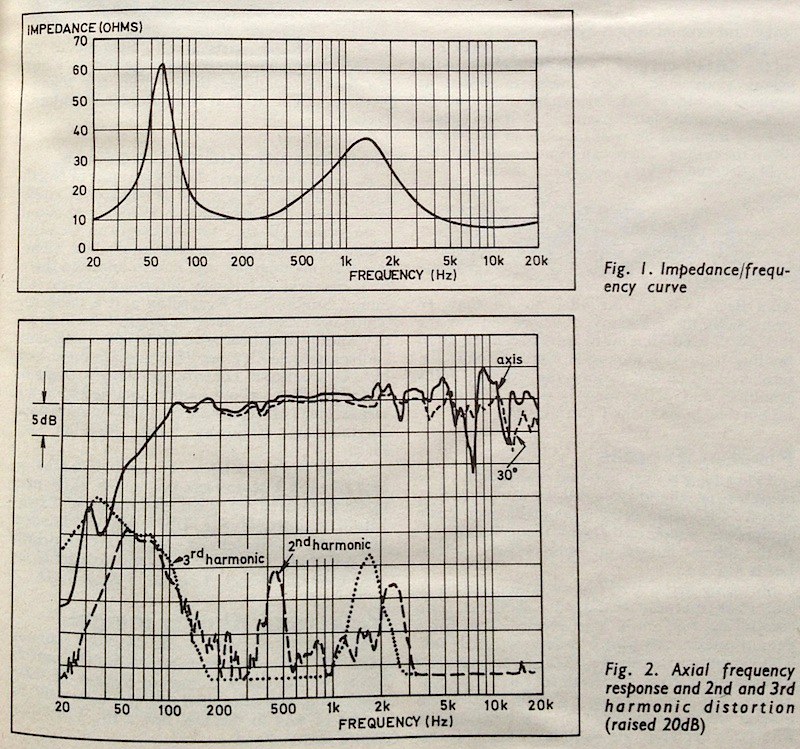martin clark
pinko bodger
Would it be stupid to say it takes so long to come on song because it has so much cooling area?
No, not at all - there is an awful lot of thermal mass to be brought up to temp; and while that happens- all of it is designed to reject heat efficiently (by convection.)
I think the more interesting question is to wonder why being 'warm' makes such an obvious difference - when it really, really should not. At all.
(to the extent that - if temp is the determinant - covering the thing with a teatowel, to bring it up in 10mns from a cold start should be no different to wasting 2hrs and 0.4KwH on 'warmup')
PS - This is no slight on what it may or may not be in terms of enjoyment!


